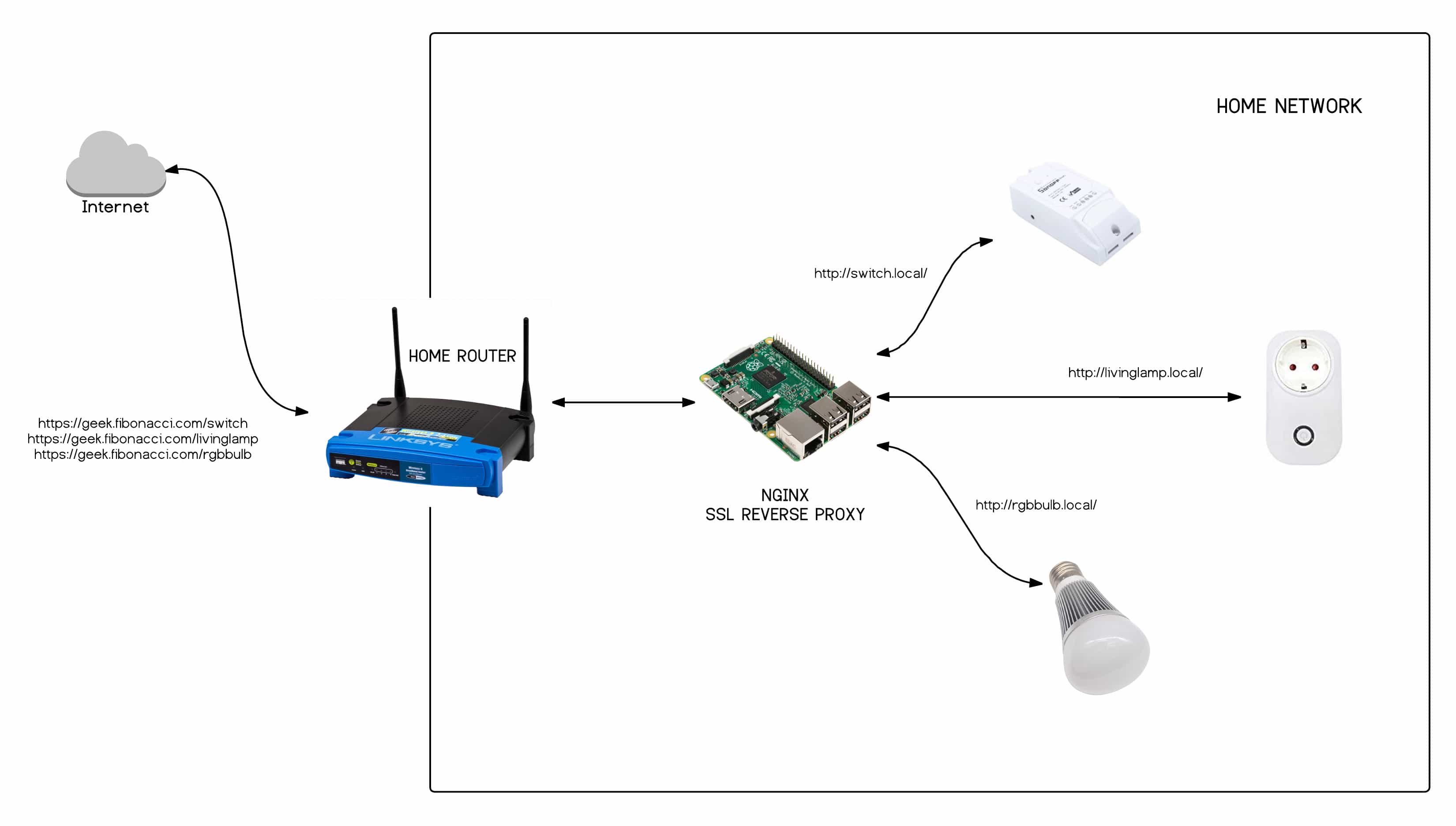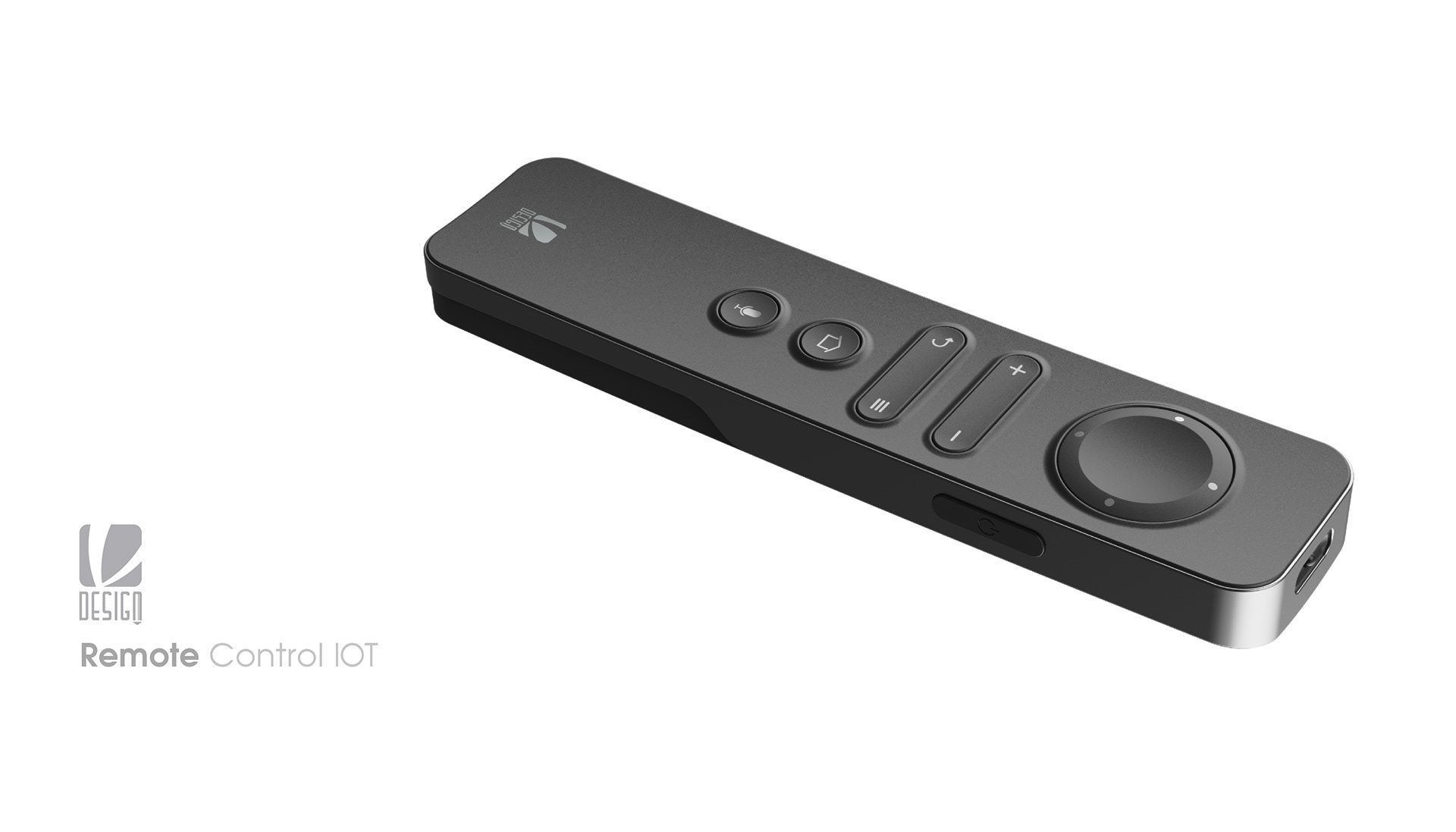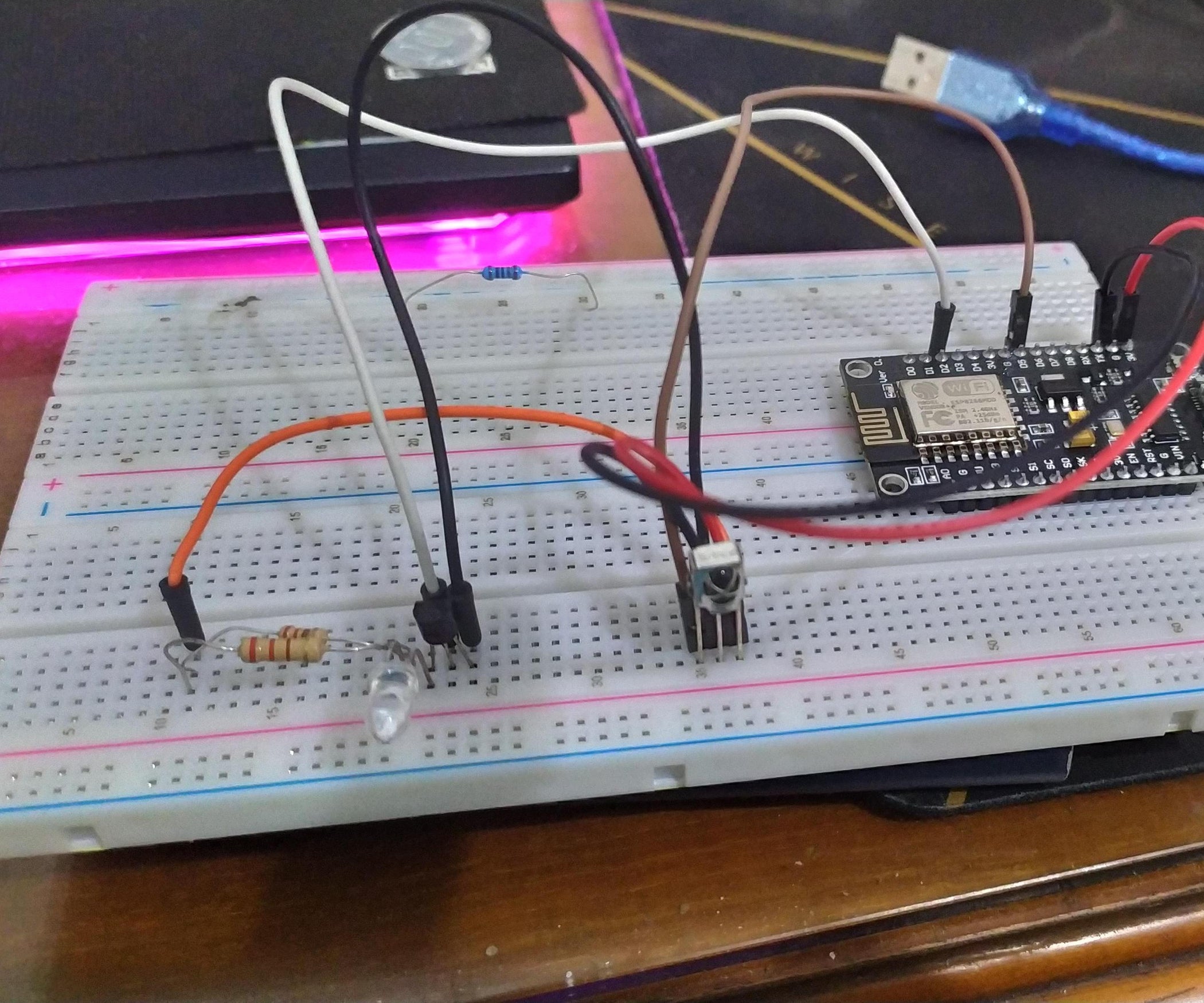Remotely Access IoT Devices - SSH Web Download
Have you ever thought about how handy it would be to reach your smart gadgets from anywhere, maybe even just using a regular web page? It’s a pretty common wish for anyone dealing with connected devices, whether they are tiny sensors out in the wild or the smart home bits right in your living room. Getting a peek at what these devices are doing, or even sending them a quick command, usually means being physically close, or having some special software set up, but that is changing, honestly.
Well, it turns out, you totally can. There are these cool systems, like the RemoteIoT platform, that actually let folks who build things, or even just regular users, get right into their Internet of Things devices. It's almost like having a direct line, you know, a way to chat with your little smart sensors or home automation bits, all from a simple window in your internet browser. It’s pretty neat, in a way, how it brings everything closer, so you can manage things from a distance.
This means, basically, that you don't need any special programs installed on your computer to check on your devices. You just open up your favorite web browser, and there you are, connected. This kind of access, which uses something called an SSH client right there in the browser, is really about making things easier and more open for anyone who needs to keep tabs on their connected things, so it’s quite a step forward, you know, for managing your smart setups.
- Jordan Rodrigues Ethnicity
- Janelle Kline Kare 11
- Kate Winslet Nude
- Tc Carson Is He Gay
- Richard Harrison Death Chumlee
Table of Contents
- What Makes Remotely Accessing IoT Devices a Big Deal?
- How Can You Remotely Access IoT Devices Using a Web Browser?
- Is There a Right Tool for Remotely Access IoT Devices?
- What About Keeping Your Remotely Access IoT Devices Secure?
What Makes Remotely Accessing IoT Devices a Big Deal?
Think about all the smart gadgets we have around us these days. From smart home sensors that tell you if a window is open, to industrial machines collecting data in a faraway factory, these little devices are everywhere. Getting to them, especially if they are not right next to you, can be a real headache. That's where the idea of being able to remotely access IoT devices becomes, honestly, pretty important.
Being able to reach these devices from a distance changes a lot of things. It means you don't have to drive miles to check on a sensor that's stopped working, or send someone out to update software on a whole bunch of smart meters. It makes managing these connected things much, much easier, and you know, saves a lot of time and effort, which is really something to consider.
This capability is more than just a convenience, too. It helps keep things running smoothly, allowing you to fix issues before they become big problems. If a device starts acting up, you can often jump in and sort it out without even leaving your desk, or your home, which is, basically, a huge advantage for anyone looking after a lot of smart tech. It’s almost like having a direct line to every single gadget, no matter where it is located, and that is very helpful.
Why Your Gadgets Need Remotely Access IoT Devices
When you have smart devices spread out, say, across a big building or even different cities, getting to them one by one just isn't practical. That's why your smart gadgets, especially those that are part of a bigger system, really benefit from the ability to remotely access IoT devices. It's about keeping everything connected and responsive, no matter the physical distance, so you can manage them effectively.
Imagine you have a whole collection of Raspberry Pi units, perhaps running different parts of a smart farm system. If one of them has a glitch, or you need to send it a new command, having remote access means you can do it right from your computer or even your phone. You don't have to pack up your tools and go out to the field, which is, frankly, a huge time-saver and a lot less hassle, you know, for anyone involved.
This kind of remote reach also helps with general upkeep. You can check on device health, see if they are still online, and make sure they are doing what they are supposed to do. It's like having a watchful eye over your entire setup, making sure everything is ticking along nicely. This is, in some respects, a core part of keeping any large-scale smart system going without too much fuss, and that is a pretty important aspect.
How Can You Remotely Access IoT Devices Using a Web Browser?
So, how does this magic happen? Well, one of the easiest ways to remotely access IoT devices is through your everyday web browser. Yes, that same program you use to check the news or watch videos can also become your control center for smart gadgets. It's a pretty straightforward idea, honestly, and it makes things quite simple for a lot of people, which is great.
Platforms like RemoteIoT offer what's called a "web SSH client." SSH, or Secure Shell, is a way to securely talk to a computer from another computer. When it's built right into a web page, it means you can open up your browser, go to a specific website, and suddenly you have a direct, secure line to your IoT device. It’s almost like having a little command window pop up right there in your browser, so you can type commands and see what your device is doing, which is pretty handy, you know.
This setup means you don't need to install any special software on your laptop, desktop, or even your mobile device. As long as you have an internet connection and a web browser, you're good to go. It truly simplifies the whole process of checking on things from afar, and that is, in a way, what many people are looking for when they think about managing their smart gadgets, so it's a very convenient option.
Getting Connected with Remotely Access IoT Devices SSH Web
To get started with remotely access IoT devices using a web SSH setup, there are usually just a few simple steps. First, you'll likely need to set up your device, like a Raspberry Pi, to be ready for remote connections. This might involve a bit of initial configuration on the device itself, but it's often something you only have to do once, which is pretty good, honestly.
Then, you'll typically sign up for a service that provides this web-based access. They'll give you a way to link your device to their platform. Once that link is made, you can usually just log into the service's website, find your device on a list, and click to open up that web console. It’s a bit like picking up a phone to call your device, but it's all happening in your browser, so it’s quite easy to get the hang of, you know.
The web console itself is, basically, a terminal emulator. If you've ever used a command line on a computer, it's very similar. You type in commands, and your device responds. This allows you to check system status, move files around, or even restart your device, all from a distance. It's really about giving you full control without needing to be physically present, and that is, in fact, a powerful way to manage things, especially when you need to remotely access IoT devices quickly.
Is There a Right Tool for Remotely Access IoT Devices?
When it comes to picking the right way to remotely access IoT devices, there isn't really a single "best" option that fits everyone. What works well for you depends a lot on what you're trying to do with your devices, and how your whole setup is put together. It's a bit like choosing the right tool for a job; a hammer is great for nails, but not so much for screws, you know? So, you need to think about your specific situation.
For example, if you have just a few devices at home, a simple web-based SSH client might be all you need. It’s quick to set up and very convenient. But if you're managing hundreds or thousands of devices across different locations, perhaps for a business, then you might need something more robust, something that offers more features for managing many devices at once. It really comes down to the scale of your operation, which is, in some respects, the main thing to consider.
Some solutions focus on making it super easy to get connected, while others put a lot of emphasis on security or advanced features like group management. Some platforms even offer ways to download specific software that helps with this remote access. So, it's worth taking a moment to think about what your devices do, where they are, and what you need to achieve, because that will guide your choice, you know, for the best way to remotely access IoT devices.
Choosing Your Way to Remotely Access IoT Devices
When you're trying to pick a method for remotely access IoT devices, consider a few things. First, how easy is it to set up? Some systems are nearly plug-and-play, while others might need a bit more technical know-how. Then, think about where your devices are located. Are they behind a firewall or a NAT router? Some tools are much better at getting around those kinds of network setups, which is, honestly, a big plus for many situations.
Another thing to think about is what you actually want to do with the remote connection. Do you just need to send a few commands, or do you need to transfer files, or maybe even view a graphical interface? Different tools offer different levels of capability. For instance, a basic SSH web console is great for command-line tasks, but you might need something else for more complex operations, so that is a pretty important distinction.
Finally, consider the cost, if any, and the security features. Some platforms offer free options for a limited number of devices, which is pretty nice for personal projects. Others are paid services but come with extra layers of security and support. Comparing these points can really help you make an informed choice about the best way to remotely access IoT devices for your particular needs, you know, at the end of the day.
What About Keeping Your Remotely Access IoT Devices Secure?
Having the ability to remotely access IoT devices is incredibly useful, but it also brings up a really important question: how do you keep everything safe? After all, if someone unauthorized gets into your smart devices, they could cause all sorts of trouble. So, security isn't just an afterthought; it's something you need to think about right from the start, honestly, when you're setting up any kind of remote connection.
The good news is that many of the tools and methods used for remote access, especially those based on SSH, are built with security in mind. SSH itself is a secure protocol, meaning it encrypts the communication between your computer and your device. This makes it much harder for anyone to snoop on your commands or the data coming back from your device, which is, basically, a fundamental layer of protection, you know, for your smart gadgets.
However, just using a secure protocol isn't enough on its own. There are steps you need to take to make sure your devices and your access points are as safe as possible. This includes things like using strong passwords, setting up SSH keys instead of just passwords, and keeping your device's software updated. It's about building a solid defense, because, as a matter of fact, you don't want any unwanted visitors poking around your smart systems.
Safe Ways to Remotely Access IoT Devices
To keep your remotely access IoT devices safe, one of the first things to do is to change any default passwords on your devices. Seriously, if your Raspberry Pi still has its original password, that's like leaving your front door wide open. You want to pick something long and complex, something that would be very hard for someone to guess, so that's a pretty basic but important step.
Using SSH keys is another excellent way to boost security. Instead of typing a password every time you connect, you use a pair of digital keys: one on your computer and one on the device. This is much more secure because the keys are very long and random, and they can't be guessed like a password. It's, in a way, like having a special digital handshake that only your computer and device know, which is really quite clever.
Also, make sure your device's operating system and any software it's running are kept up to date. Software updates often include security fixes that close potential weaknesses. Think of it like getting regular patches for your home's roof; you fix the small leaks before they become big problems. Following these kinds of security practices, you know, makes a huge difference in keeping your remotely access IoT devices out of harm's way, and that is definitely worth the effort.
Getting Your Hands on Remotely Access IoT Devices Software Download
- Senior Swingers
- What Is A Wardkeeper In Prison
- Kenny Loggins Siblings
- Sophie Rain Reddit Nsfw
- Incest Confessions

How To Access IoT Devices Remotely Using SSH On Android: A

How To Securely Access IoT Devices With Remote IoT SSH Free Download

Mastering Iot Ssh Download Aws A Comprehensive Guide - ACCDIS English